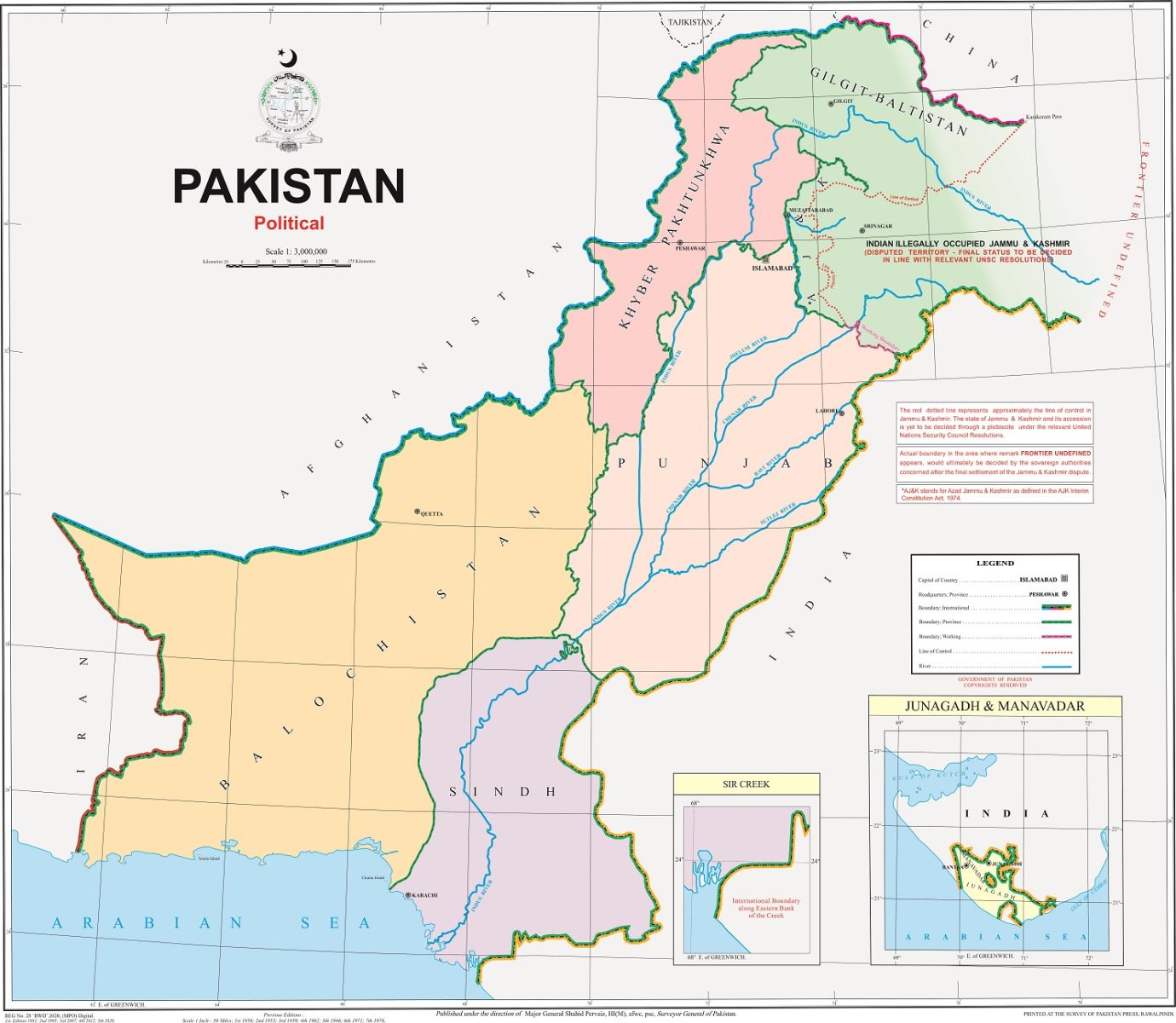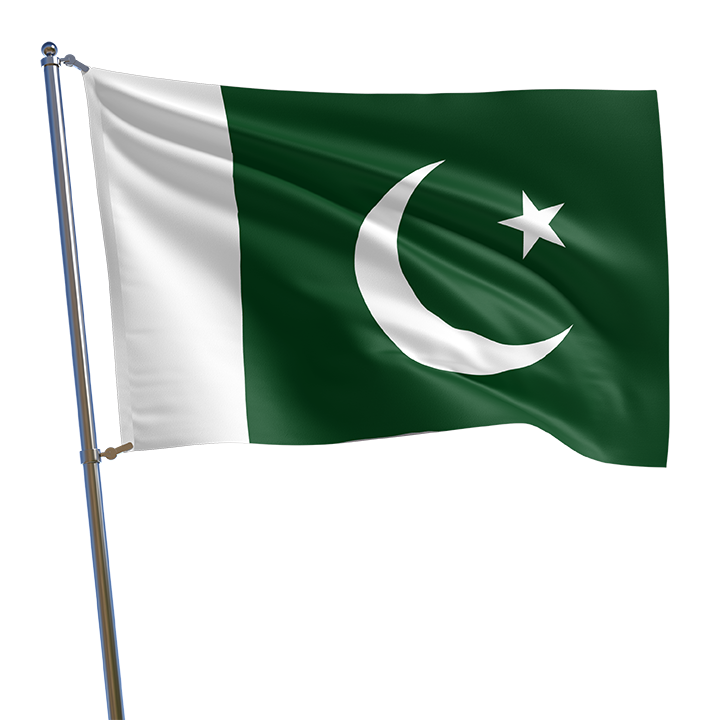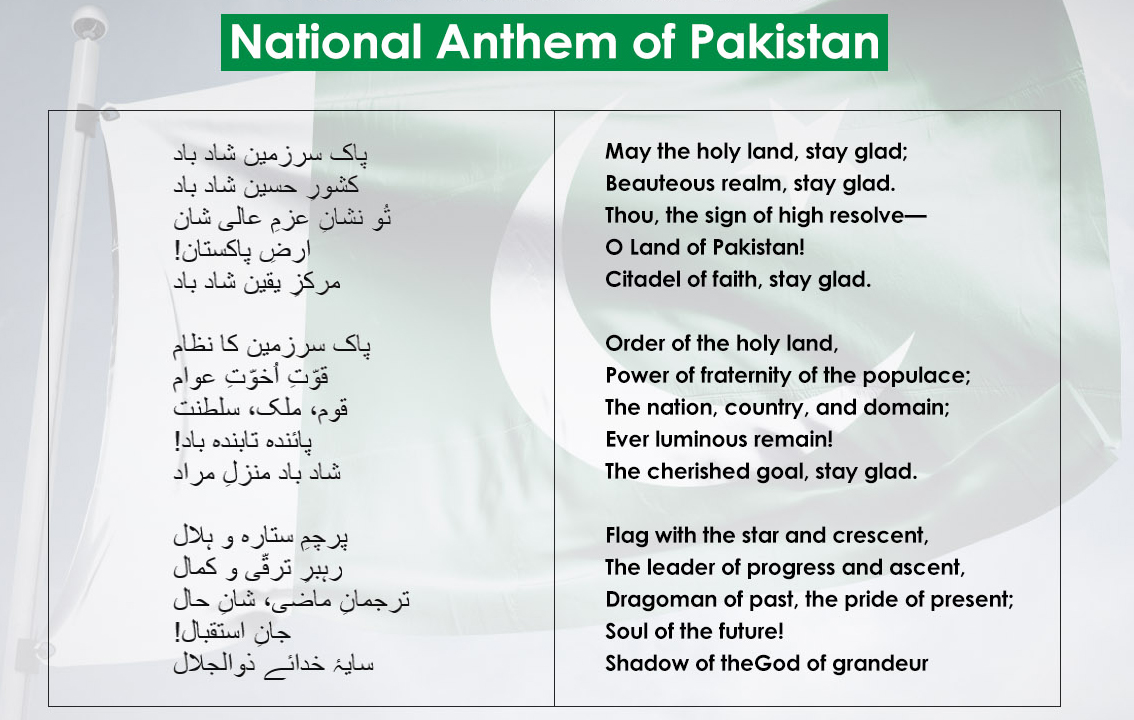Follow Us At:

Breif
Welcome to Pakistan
PAKISTAN: A BRIEF INTRODUCTION
Pakistan is strategically located at the confluence of South Asia, Middle East and Central Asia. On its north-east is India, with Afghanistan on the west, Iran on the south-west and China in the northeast, and a coastline along Arabian Sea. It is separated from Tajikistan by Afghanistan’s narrow Wakhan Corridor in the north and also shares a maritime border with Oman. Pakistan is endowed with natural and historical wonders.

Historically, Pakistan traces its roots to the Great Indus Valley Civilization that developed thousands of years ago along the banks of the River Indus, on the crossroads of the ancient trading routes stretched between Central Asia, China, Middle East and East Asia. Almost half a dozen civilizations have flourished here, leaving their signature on the culture, art, architecture and cuisine.
Pakistan covers an area of 796,095 km2(307,374 sq mi). Pakistan with a population exceeding 190 million, is the sixth largest country in the world, 36 percent of which is youth. The climate varies from tropical to temperate, having four distinct seasons throughout the year.
The country comprises four provinces: Punjab, Sindh, Balochistan, and Khyber Pakhtunkhwa. The capital of Pakistan is Islamabad, while Karachi is its largest city.
The economy of Pakistan has progressed from agrarian economy in 1950s to a semi-industrialized economy of today. It is the 27th largest economy in the world in terms of Purchasing Power Parity (PPP). The country’s exports include cotton and yarn products, rice, textiles, leather and sports goods, and surgical equipment. Pakistan imports heavy machinery, transport vehicles, raw material and petroleum, among other things. Major trading partners of Pakistan are China, European Union, United Arab Emirates, United States and Saudi Arabia.
Pakistan is a multi-ethnic and multicultural society. It has a federal parliamentary political system. Pakistan is a democracy with elections held every five years. The national language of Pakistan is Urdu. The four major provincial languages are : Punjabi, Pashto, Sindhi and Balochi. In addition several regional languages and dialects are spoken in Pakistan. The official currency is Rupee.
Facts
Official Name: Islamic Republic of Pakistan
Independence Day: August 14th (1947)
National Day: 23rd March
Area: 796,095 km2
Population: 190 million (estimated)
Religion: 95 percent Muslims, 5 percent others including, Christians, Hindus etc.
National Language: Urdu
Head of State: DR. ARIF ALVI
Head of Government: H.E. MR. IMRAN KHAN
Capital: Islamabad
|
Facts
|
Deatails
|
|---|---|
|
Official Name:
|
Islamic Republic of Pakistan
|
|
Independence Day:
|
August 14th (1947)
|
|
National Day:
|
23rd March
|
|
Population:
|
190 million (estimated)
|
|
Religion:
|
95 percent Muslims, 5 percent others including, Christians, Hindus etc.
|
|
National Language:
|
Urdu
|
|
Head of State:
|
DR. ARIF ALVI
|
|
Head of Government:
|
MR. IMRAN KHAN
|
|
Capital:
|
Islamabad
|

Flag:
Dark green with a white vertical bar, a white crescent and a five pronged star in the middle. The green color represents Islam and the majority of Muslims in Pakistan; The bar represents religious minorities living side by side with Muslims. while the crescent and star stand for progress and enlightenment respectively.
NATIONAL ANTHEM:
The National Anthem of Pakistan approved by the Government in August 1954, is a harmonious rendering of a three-stanza composition with a tune based on eastern music but arranged in such a manner that it can be easily played by foreign bands.
The Anthem is evocative in spirit, extolling Pakistan as the centre of faith and freedom, a land of beauty and strength drawn from the people and the country. The words touch upon the various facets of national life, with an invocation for integrity of Pakistan.
The Verses of the Anthem have been composed by a renowned poet of Pakistan, Abul Asar Hafeez Jullundhri; while the tune has been composed by Ahmed G. Chagla, the well known musician and composer.
The Anthem written in Urdu is a unique poetical composition, as in spite of its brevity it is a lyrical exultation for the quintessence of Pakistan, its Islamic foundation, ideology, ethos, aspirations and its intrinsic strength.

IN ENGLISH
Pak Sarzamin Shaad Baad Kishwar-e-Haseen Shaad Baad
Tu Nishane Azm, Aalishan Arz-e-Pakistan
Markaz-e-Yaqin Shaad Baad.
Pak Sarzamin Ka Nizaam Quwate, Akhuwate Awaam
Qaum, Mulk, Sultanat Painda tabinda Baad
Shaad Baad Manzil-e-Muraad.
Parcham-e-Sitara-o-Hilal Rahbar-e-Tarraqi-o-Kamaal
Tarjuman-e-Mazi, Shan-e-Hal Jaan-e-Istaqbaal
Sayya-e-KHUDA-e-ZULJALAL.

The State Emblem Consists of:
- The crescent and star, symbolizing progress and enlightenment;
- The shield in the center showing four major crops;
- Wreath surrounding the shield representing cultural heritage;
- Scroll at the bottom is the national motto: Unity, Faith, Discipline.

